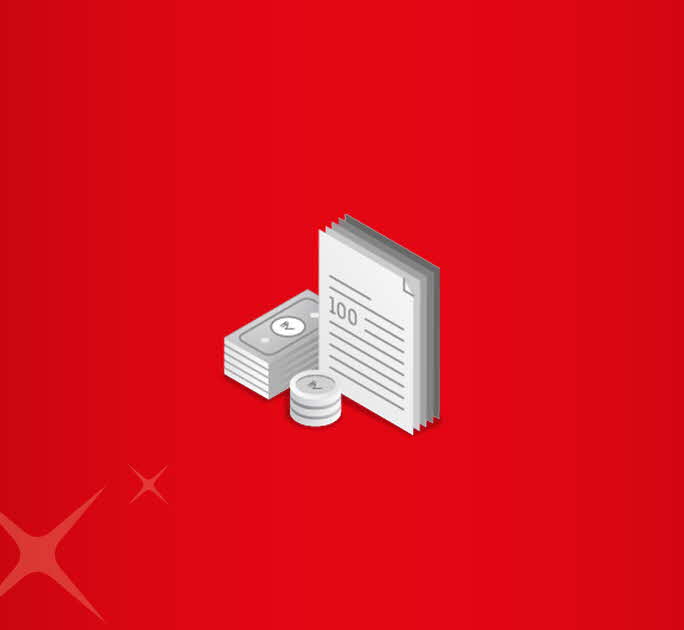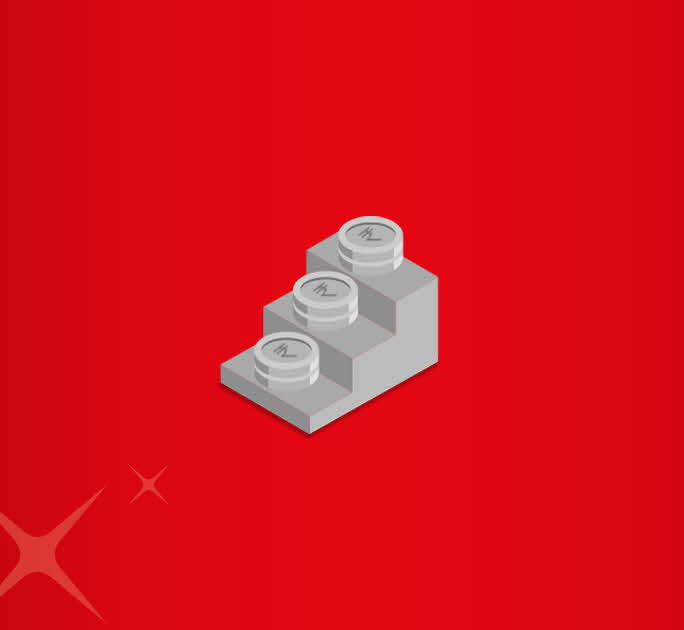- Save
- Invest
- Borrow
- Pay
- More
- Customer Services

What is Balanced Advantage Fund
How the best Balanced Advantage Funds offers equity-like returns.
Key Takeaways
- Balanced Advantage Funds (BAF) are also known as Dynamic Asset Allocation Fund.
- These Mutual Funds typically allocate assets in Debt and Equity instruments.
- The Equity portion can be 30% to 80%, sometimes even 90%.
- BAFs allow for effective portfolio diversification of equity funds.
- Novice investors can opt for BAFs if pure equity seems daunting.
For decades, Mutual Funds have remained the top choice for investors. Available in different sizes, shapes and types, Mutual Fund schemes cater to investors with different investment goals, horizons, and risk appetites. You have your pure instrument funds like Equities and Debts, you have Hybrid Funds that invest in both, and then you have Balanced Advantage Funds, which offer freedom to move stocks depending on the market. Let us learn more about the latter in this article.
What Is Balanced Advantage Fund?
Balanced Advantage Funds (BAF), also referred to as Dynamic Asset Allocation Funds, are Mutual Fund schemes that invest in both equity and debt instruments. Unlike Hybrid Funds, where the ratio of equity to debt is predefined, Balanced Advantage Funds shift their allocation from equity to debt depending on market performance. Usually, the minimum and maximum exposure to equities is 30% to 80%. BAFs sell stocks when the equity market is high and vice versa.
Benefits of Balanced Advantage Fund
Dynamic Asset Allocation
A pure Balance Hybrid Fund is restricted to the 65%-35% equity-debt proportion. If the market is underperforming, you can only hope that the debt portion earns decent interest. However, in the case of Dynamic Asset Allocation or Balanced Advantage Funds, the Asset Management Company can buy or sell both equity and debts depending on the market conditions.
Returns
Due to the shifting of asset allocations in your favour, BAFs offer a good mix of returns from equity and debt investments. When held for a long term, BAFs beat inflation.
Portfolio Diversification
A fund manager typically invests across large-cap and mid-cap companies to counterbalance the inherent risks of equity investments. Large-cap companies offer stabilised appreciation while mid-caps show growth potential. Moreover, the debt portion allows for low-risk returns.
Valuation
When buying stocks of a company, the fund manager also assesses the company's Price-to-earnings (P/E) and price-to-book (P/B) ratios. P/E is the ratio of the market price of a stock to its earning per share, while P/B is the ratio of the market price to its total book value (Assets – Liabilities). BAFs make use of both P/E and P/B for valuing stocks.
Things To Consider
While your research may suggest that you have found the top Balanced Advantage Funds to invest in, you should consider these factors before investing in BAFs.
Balanced Advantage Fund Growth
BAF generate better returns when you stay invested for the medium to long term. By opting for such investment tenures, you can eliminate the risks associated with market volatility and achieve your duration-specific investment goals.
Risks
Balanced Advantage Funds help reduce the risk of pure equities. However, low risk does not equal no risk. Along with market risks, liquidity risks, too, arise from shifting allocations frequently.
Final Note
BAFs are becoming a popular investment choice as you get the maximum benefits of both equity and debt asset classes. While masquerading as Hybrid Funds, they help generate decent returns thanks to their unique asset allocation model. That said, you can add BAFs to your investment portfolio, but for the long haul.
Download digibank to explore the different mutual funds on offer and even open your savings account with us.
*Disclaimer: This article is for information purposes only. We recommend you get in touch with your income tax advisor or CA for expert advice.










